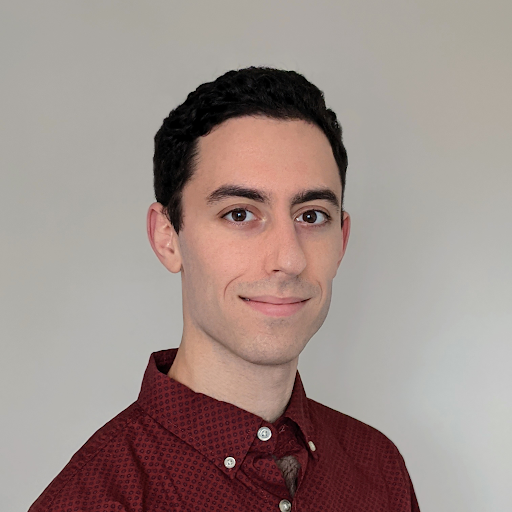This month’s research highlight showcases Juno Mayer, an honorable mention recipient in the 2021 CRA Outstanding Undergraduate Researchers award program. Juno graduated from the University of Oregon with a B.S. in Computer & Information Science and minors in Mathematics and Music Technology. He now works as a software engineer at Zais Group, a credit management firm based in New Jersey. This interview has been edited for brevity and clarity.
How did you get started with research?
When the study abroad/internship program I signed up for was cancelled because of COVID-19, I started searching for computer science summer opportunities. I was taking a software engineering class with Dr. Ram Durairajan and he mentioned he had openings in his lab, the Oregon Network Research Group. I enjoyed his class and reached out to work with him.
How was your research topic selected?
Ram provided me with a list of topics to choose from. After reading papers from these topics, I selected the project that seemed the most interesting to me — analyzing the robustness of local internet infrastructure against natural hazards such as earthquakes.
Could you tell us more about your project?
I created a framework for analyzing the risk of earthquake-induced shaking on internet infrastructure, including fiber optic cables, data centers and points of presence (local access points that allow users to connect to the internet). I developed the framework by examining Geographic Information Systems (GIS) data of internet infrastructure and the predicted levels of shaking within a given area. Using this data, I also devised methods for minimizing future risk with shake-aware routing. I applied this framework to the internet infrastructure of Oregon and Washington to assess its resilience to a potential magnitude nine earthquake generated by the Cascadia Subduction Zone.
What challenges did you face throughout the research process? What did you learn from them?
One of the largest challenges was my lack of any prior knowledge in the fields of Internet measurement, environmental risk assessment, or geospatial data analysis. I was learning background information regarding the data, best practices for analyzing the data, and tools for data collection and analysis, all at the same time. It took many tries to reach a data analysis process that worked well. With time and dedication, I created an analysis process that produced meaningful results and figures in a modular and efficient manner. To accomplish this, I used the Overlay tool set and Python library from ArcGIS, a collection of client and service software and online GIS services.
What was your favorite part of research?
I enjoyed being able to work on a large project and break down an abstract problem into individual segments.
How have you been able to share your work?
My paper was accepted to the Passive and Active Measurements Conference in 2021, where I gave a virtual talk describing my research and how the Pacific Northwest can best bolster its internet infrastructure to increase resiliency. The University of Oregon news website also published an article about my work. Lastly, my paper is currently being prepared for submission to a journal.
How has participating in research shaped your professional path?
My research experience allowed me to find my first software engineering job and gave me a lot of experience to discuss in interviews.
What advice do you have for students interested in pursuing research?
Choose a problem you are passionate about! Find the right advisors who can help you explore your topic and guide you in the right directions.
— Edited by Jean Salac
